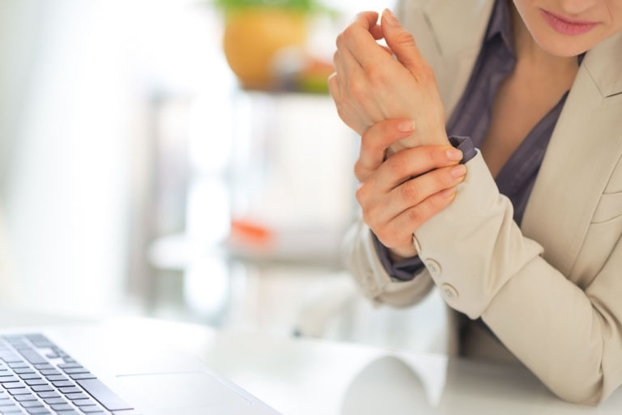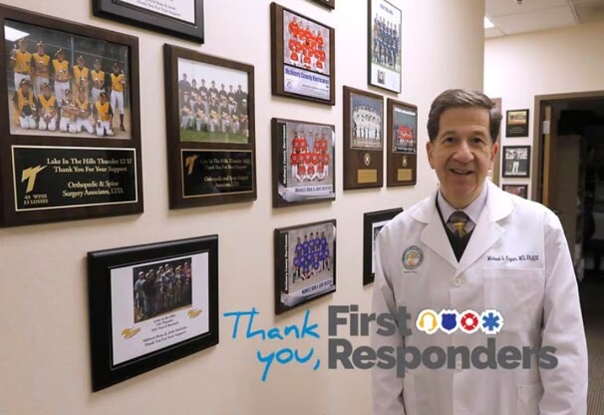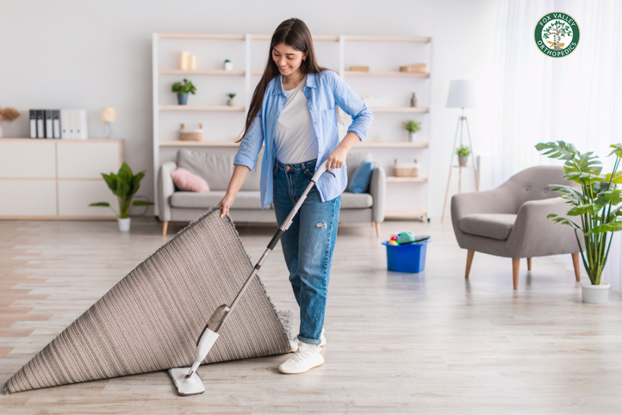Dr. Seeds returns to talk about Little Leaguer’s Elbow
- Category: Blog
- Posted On:
- Written By: James Seeds, MD
Dr. James R. Seeds is an orthopedic surgeon on the medical staff at Sherman Hospital. He recently weighed in on the Derrick Rose ankle injury in early May, and now he’s back to answer a concerned parent’s questions.
Mike: Last spring, my 16-year-old son was diagnosed with Little League Elbow (he’s a catcher). He was treated with rest (casted), ice and pain medication. This season, it seems like it’s come back again. He’s only had x-rays – should he have a MRI or other tests? What other treatments should we try?
Dr. Seeds: This is a very common complaint I see in my sports clinic – most commonly with pitchers, but also in players of other positions. “Little Leaguer’s Elbow”, or medial apophysitis, is the result of the repetitive stress put on the inside of the elbow from throwing. Stress on the growth plate of the elbow causes inflammation – which leads to pain, swelling and loss of motion. Left untreated, this condition can cause a fracture or ligament injury to the inside of the elbow. Repetitive throwing, excessive pitch count, too little rest, and poor form all contribute to this condition.
The large majority of throwing elbow injuries can be treated non-surgically/conservatively with rest (stop throwing until the pain resolves), ice, anti-inflammatories, and sometimes bracing. Once the pain has stopped and the patient has full range of motion of the elbow, they may start back with an interval throwing program. The patient’s throwing technique may also need to be adjusted. Occasionally, surgery is necessary. The earlier the thrower is treated, the better the chances are of avoiding surgery.
In the case of your son, a 16-year-old is close to skeletal maturity – meaning, his growth plates are closed or closing. By definition, Little Leaguer’s Elbow involves an injury to the growth plate of the elbow. If your son’s growth plates are closed, I would be more concerned with an injury to the ulnar collateral ligament. (The ligament on the inside of the elbow.) If he is still having problems, he should be examined by a board-certified, fellowship-trained Sports Medicine Specialist.
Although I have not examined your son, it seems an MRI is the probable next step. Treatment recommendations would be based off of the MRI results. For additional information about conditions of the elbow (or various other parts of the body) you can go to our website’s virtual library of information.
James R. Seeds, MD holds a double board certification in both Orthopeodic Surgery and Sports Medicine. He was fellowship trained in Sports Medicine at the American Sports Medicine Institute (Birmingham, AL) in the company of internationally renowned surgeons Dr. Lawrence Lemak and Dr. James Andrews. Dr. Seeds is a partner at the Midwest Bone & Joint Institute (Algonquin, Barrington, Elgin and Geneva, IL).



